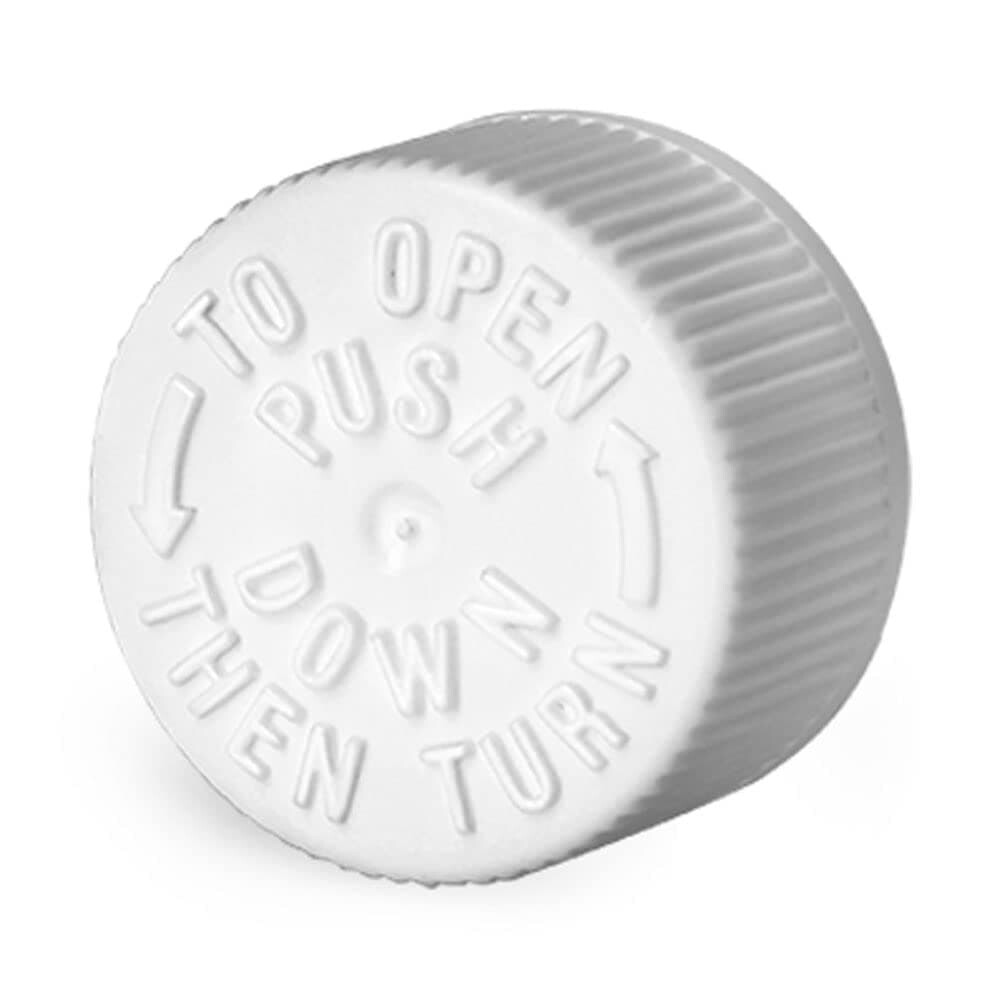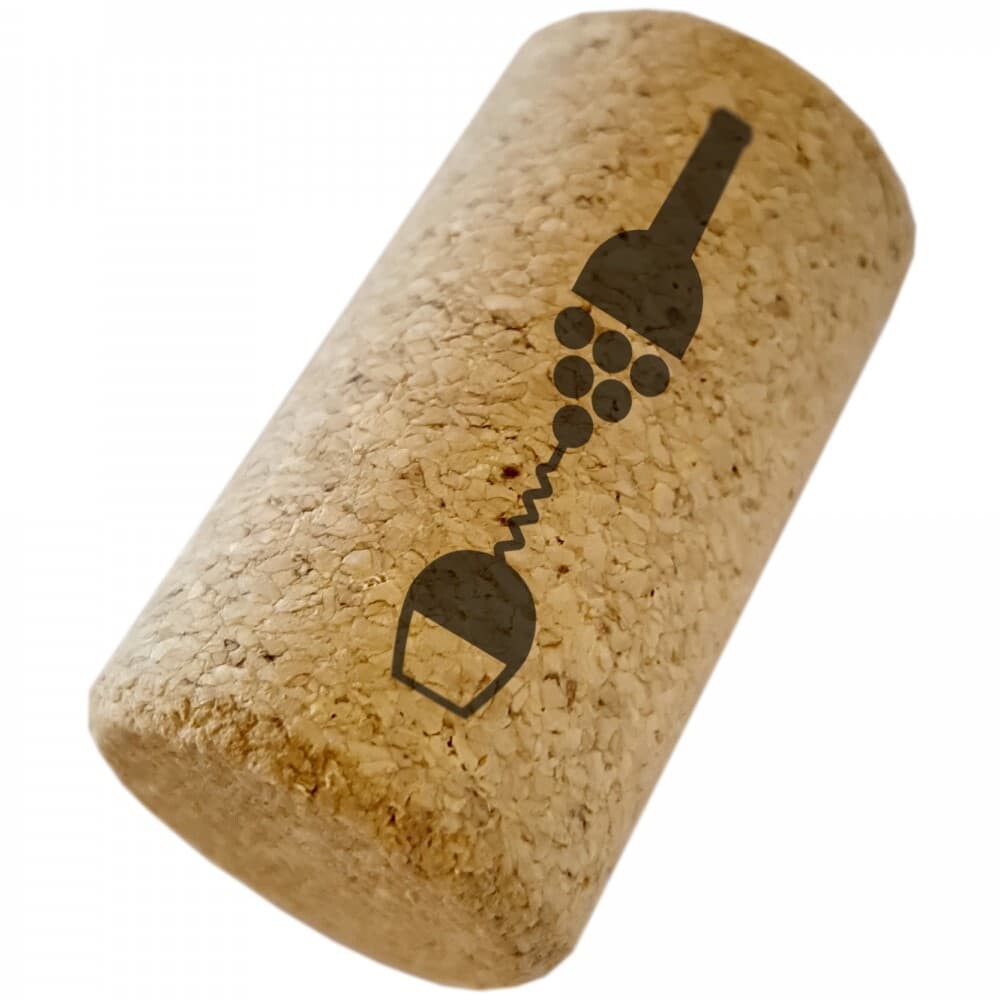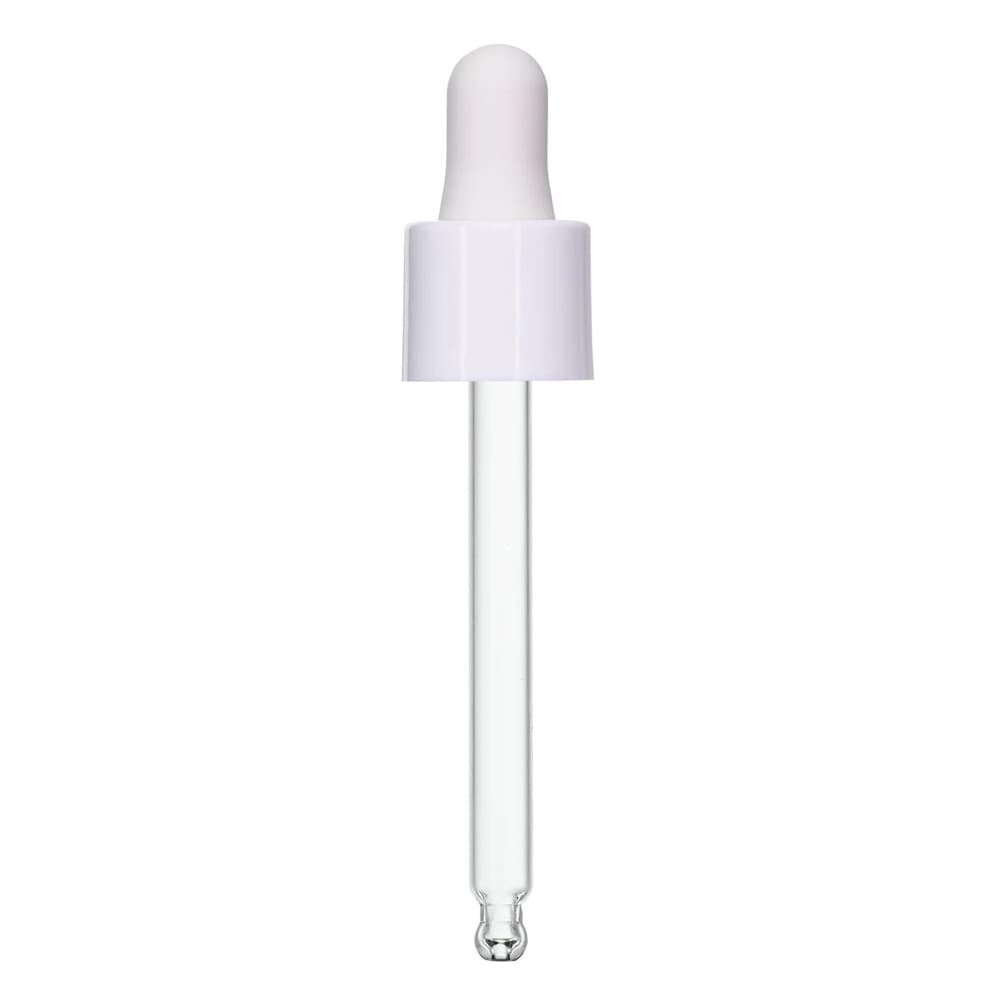10 Types of Capping Machines and Their Uses
When it comes to packaging operations, especially dispensing material into a container, there is an essential step apart from filling. That is the capping process. This step aims to protect the product inside the container from contamination, leakage, or tampering.
So, how do you perform the capping process in an accurate and efficient manner? This is where a capping machine comes into play. As packaging technologies advance, capping machines come in a wide variety for different needs. In this article, we'll walk through some of the most popular types of capping machines, helping you find the best fit for your packaging projects. Let's get started!
What Is A Capping Machine?
A capping machine, also known as a capper, is used following the filling process. This packaging equipment provides a tight seal for filled containers. It uses caps or other closures of various types and materials to seal the container. This ensures the security and integrity of the final product.

Capping machines can be standalone devices for small-scale operations. They also can be integrated into an existing packaging line for large production runs. These versatile machines are must-have packaging tools in the pharmaceutical, food, beverage, cosmetics, and chemical industries.
Different Types of Closures for Containers
Capping machines can often handle specific or multiple types of container closures. These closures can be classified into different types according to the product to be packaged and the container to use. Before delving into the types of capping machines, let's take a peek at the most common closures.
|
|
|
|
|
Screw-On Cap |
Flip Top Cap |
Disc Top Cap |
|
|
|
|
|
Flip Spout Cap |
Child-Resistant Cap |
Tamper-Evident Cap |
|
|
|
|
|
Push-Pull Cap |
Spray Cap |
Pump Cap |
|
|
|
|
|
Trigger Cap |
Twist Top Cap |
ROPP Cap |
|
|
|
|
|
Crown Cap |
Cork |
Dropper Cap |
3 Types of Capping Machines (Based on Degrees of Automation)
The simplest way to classify machines is based on their levels of automation. So, here we have three types of capping machines.
1. Manual Capping Machines
Manual capping machines come in a straightforward, compact design. They are pretty much like electric handheld tools for sealing containers. Some models can adjust torque settings to control the tightness of caps. This device requires an operator to pick up and place a cap onto a container and hold the capper to complete the capping operation.
Manual cappers can be designed to handle caps of various sizes and types. However, these machines are only suitable for low-volume production. While manual capping machines require more labor and time, they are budget-friendly packaging solutions for startups or home-based businesses.
2. Semi-Automatic Capping Machines
Semi-automatic cappers usually consist of two steps to complete the sealing operation. They are manual cap and container placement and automated cap tightening. This enhances capping efficiency and accuracy compared to manual cappers. Semi-automatic capping machines are a practical option for small to medium-scale packaging operations.
Semi-automatic capping machines may have different capping mechanisms. Some involve spinning wheels, while some feature chuck heads. Besides torque adjustment, most semi-automatic cappers boast two operating modes: manual and auto. When choosing the manual mode, a foot switch is used to control the capping process.
3. Automatic Capping Machines
Automatic capping machines require no manual involvement in the capping process. They are equipped with multiple automated systems. These systems are responsible for cap feeding and placement, torque adjustment, capping, and container transport. Automatic cappers run at a high rate and are highly efficient to achieve high production throughout.
There are also many types of automatic capping machines out there. Each may employ different capping methods, such as spindle capping, snap capping, chuck capping, and ROPP capping. Additionally, automatic cappers can integrate with your current packaging equipment or be directly added to a production line.
4 Types of Capping Machines (Based on Capping Methods)
When you're in the market for a capping machine, have you ever noticed that many cappers look different, especially the capping mechanisms? Figuring out how each type works may help you make the right purchase decision. Without further ado, let's first take a look at the types of capping machines classified based on capping methods.
1. Spindle Capping Machines
Spindle cappers are one of the most popular capping machines. They are used to accurately torque all types of screw-on caps onto bottles and other containers. The term "spindle" in the name refers to a set of rubber disks or wheels. These components spin a cap down tightly on the neck finish to seal the container.

Spindle cappers can handle a wide range of caps and containers. Most machines can integrate with other packaging equipment, such as filling and labeling machines. These versatile cappers are ideal for continuous capping operations and high-speed production.
2. Snap Capping Machines
As the name suggests, a snap capper is suitable for sealing containers using snap-on or press-on caps. These caps can be threaded or non-threaded. This capping machine applies pressure directly onto the cap to snap it into place rather than torquing it.

(Image Source: Accutek Packaging)
Snap capping machines can secure a tight seal for containers of various materials, such as plastic, metal, and glass. These machines are a great option to free operators from the repetitive work of manually pressing caps down on containers. This also helps to protect them from strain injuries.
3. Chuck Capping Machines
Like spindle capping machines, chuck cappers are also ideal for sealing containers using screw-on caps. However, unlike the spindle ones that work by using sets of spinning discs, chuck cappers are equipped with single or multiple rotating chuck heads to seal containers.

(Image Source: Acasi Machinery)
In such a capper, the chucks can be designed to pick up caps, place them on containers, and torque them for a secure seal. Compared to other machines, chuck cappers are capable of capping at a higher rate and with more precise control on torquing.
4. ROPP Capping Machines
ROPP stands for Roll-On Pilfer Proof. A ROPP cap refers to an aluminum non-threaded closure that provides a tamper-evident seal. In a ROPP capper, the capping head features a set of rollers that rotate to form threads on the cap by pressing against the bottle neck finish. At that time, the machine creates a secure seal while preventing tampering.

(Image Source: Liquid Packaging Solutions)
ROPP cappers are suitable for large, high-speed production runs. For packaging wines and other beverages that require a tamper-evident cap, ROPP capping machines are highly recommended.
3 Types of Capping Machines (Based on Operational Configurations)
If you ever noticed the constructions of different capping machines, you will find another way to categorize them.
1. Inline Capping Machines
Inline capping machines are designed to apply caps to containers in a linear manner. These machines consist of a conveyor belt or side grip belt to transfer containers in a straight-line direction. The belts play a key role in guiding the container through the capping area.

Spindle cappers and snap cappers are common inline capping machines. They typically utilize torque or pressure to tighten the caps. These machines are capable of handling diverse caps and containers at high speeds. Plus, inline cappers can be incorporated with filling and sealing machines to streamline your packaging process.
2. Rotary Capping Machines
Chuck cappers are typical rotary capping machines. They are often equipped with a starwheel or turret to perform transferring and capping tasks in a rotary motion. In a rotary capping machine, the containers are positioned around the circumference of the starwheel or turret. The dual-purpose chucks pick up and place caps on containers and tighten them using proper torque.

(Image Source: CVC Technologies)
Rotary capping machines are also high-speed, fully automatic cappers. They provide highly accurate control over cap placement and torque application. These machines are great options to increase productivity and ensure packaging quality.
3. Monobloc Filling and Capping Machines
This type of machine was mentioned when we were discussing automatic liquid filling machines. The term "monobloc" refers to integrating two or more functions in a single frame. A monobloc filling and capping machine typically boasts a starwheel to guide containers through the filling and capping processes. It often works on the chuck capping method, ensuring a fast and reliable operation.
Monobloc filling and capping machines offer a variety of benefits.
1) Reduce the footprint of the machine on the production floor;
2) Increase efficiency compared to using separate filling and capping machines;
3) Minimize product loss during the transport of containers between the filling and capping stages;
4) Seamlessly connect with upstream and downstream packaging equipment.
Final Thoughts
As you can see, there are lots of different types of capping machines. Each has its own unique features. We hope this blog can equip you with the necessary knowledge about selecting the right capping machine. With iPharMachine, you'll have all the capping machines you need to start a successful packaging business.
Leave your comment
Comments
Capping machines are essential in packaging industries, ensuring secure sealing of containers across various sectors. Spindle cappers and chuck cappers are widely used for high-speed, automated screw cap applications, while snap cappers handle press-on caps efficiently. ROPP cappers (Roll-On Pilfer-Proof) specialize in tamper-evident caps for wine or pharmaceutical bottles. For specialized needs, corking machines seal bottles with corks, while crimp cappers manage metal caps like those on glass vials. Vacuum capping machines are ideal for jars requiring an airtight seal, such as in food preservation. Plug inserters place stoppers into containers, and press-on bottle cappers are preferred for simple cap application. Lastly, cap lining machines add liners inside caps for added sealing or tamper-evident purposes, demonstrating the versatility of capping machines across industries.
More info : https://www.economysolutions.in/food-beverage-solutions/bottling-packaging/crown-capping-machines/
From: shipra | Created on: 11/29/2024 2:28 AM
Also Offers


Containment Automatic Capsule Filling Machine SFK-703

Fully Automatic Dosator Capsule Filling Machine CZ-40

Our Team
As an expert in the pharmaceutical and pharmaceutical packaging industry, iPharMachine has provided solutions for hundreds of pharmaceutical and health product manufacturers for 17 years. By visiting customers, we get good reviews from our customers.
- info@ipharmachine.com
- English Español Deutsche






















